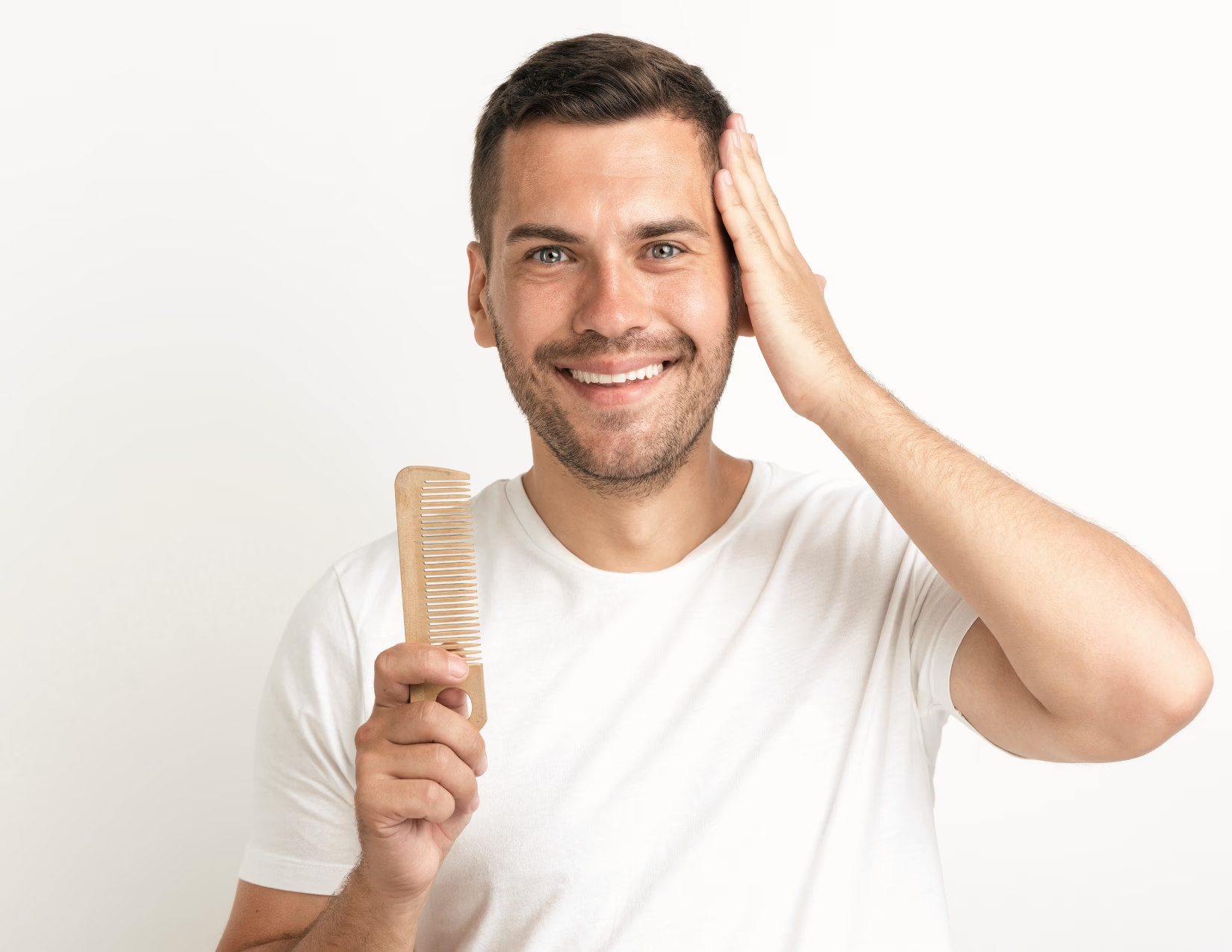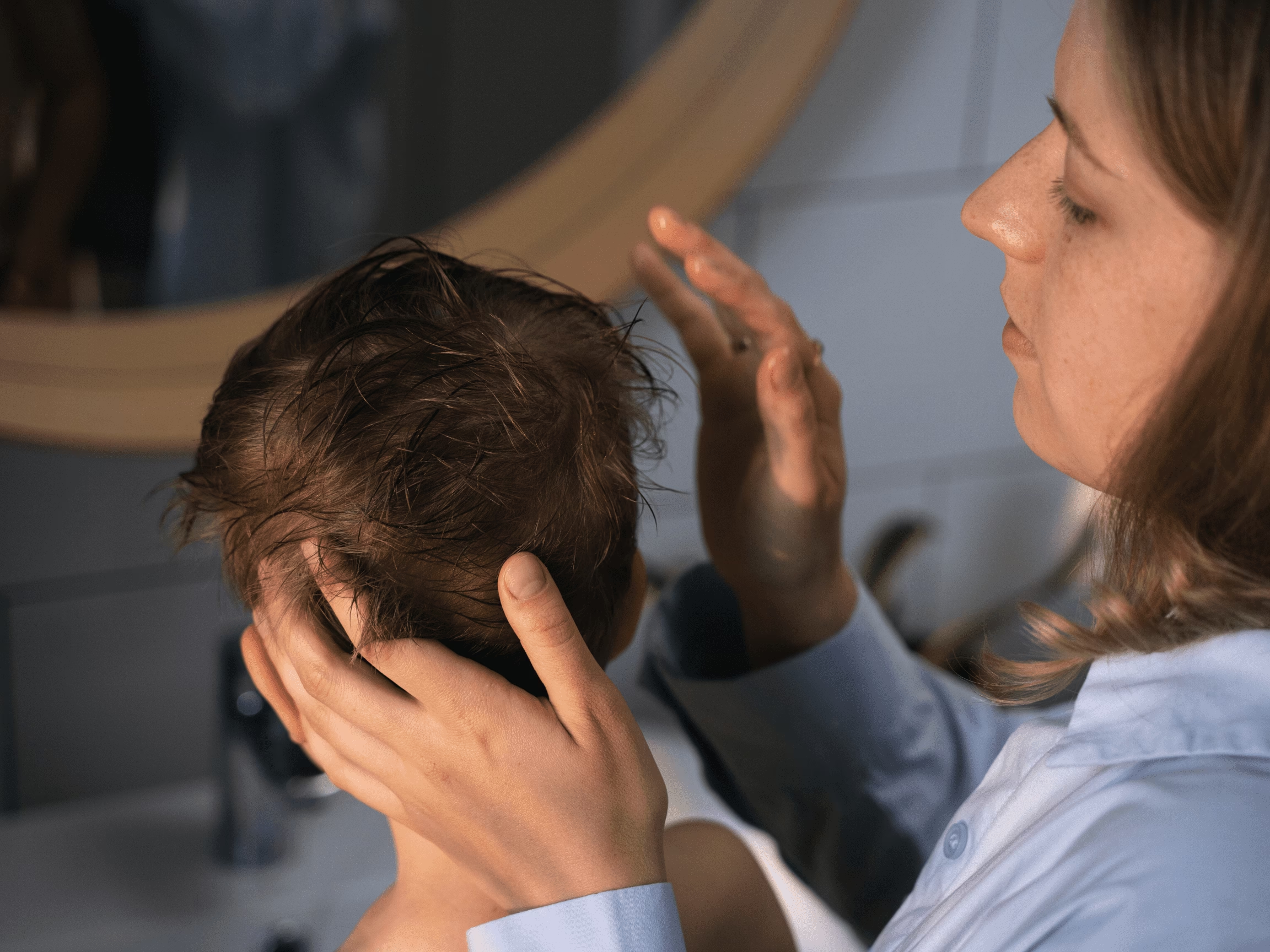
Hair Medical Restoration
Testosterone, a key male sex hormone, plays a crucial role in various physiological functions, including the growth of hair. While often associated with masculinity, testosterone’s impact on hair growth extends beyond facial and body hair to include the scalp. Understanding the intricate relationship between testosterone and hair growth sheds light on the complexities of male pattern baldness and the potential for innovative treatments.
Hair growth is influenced by androgens, a group of hormones that includes testosterone. The interaction between testosterone and hair follicles occurs through a process called miniaturization. In genetically predisposed individuals, certain hair follicles become sensitive to the hormone dihydrotestosterone (DHT), a derivative of testosterone. This sensitivity leads to the shrinking of hair follicles over time, resulting in finer and alopecia.
Male pattern baldness, also known as androgenetic alopecia, is the most common cause of hair loss in men. It is characterized by a receding hairline and thinning at the crown, following a distinct pattern. While testosterone itself does not cause baldness, its conversion to DHT by the enzyme 5-alpha reductase is implicated in the shrinking of hair follicles, contributing to the progression of male pattern baldness.
Maintaining hormonal equilibrium and minimizing the impact of DHT on genetically susceptible hair follicles are crucial considerations in addressing hair loss. That is why we highly recommend medical treatment after having a hair transplant to preserve the native hair of each patient.
Various interventions aim to mitigate the effects of testosterone on hair loss. Medications such as finasteride work by inhibiting 5-alpha reductase, reducing the conversion of testosterone to DHT. Additionally, topical treatments containing minoxidil can stimulate hair follicles and promote growth. These interventions, when used under medical supervision, can help manage hair loss in individuals experiencing male pattern baldness.
Testosterone’s role in hair growth is complex, involving a delicate interplay of hormones and genetic predispositions. Understanding this relationship provides insights into the mechanisms behind male pattern baldness and informs the development of effective interventions. While testosterone is a key player in the hair growth process, maintaining a balanced hormonal environment is essential for preserving a healthy head of hair.
If you have any further questions about this information, or you are looking for some recommendations, contact us, at Hair Medical Restoration, in collaboration with Dr. Jorge Cortez, we offer both online and in-person consultations. These consultations are dedicated to assessing your specific case and needs. Our experts will conduct a comprehensive analysis, taking into account your individual circumstances, and provide personalized guidance based on your expectations and experiences.


